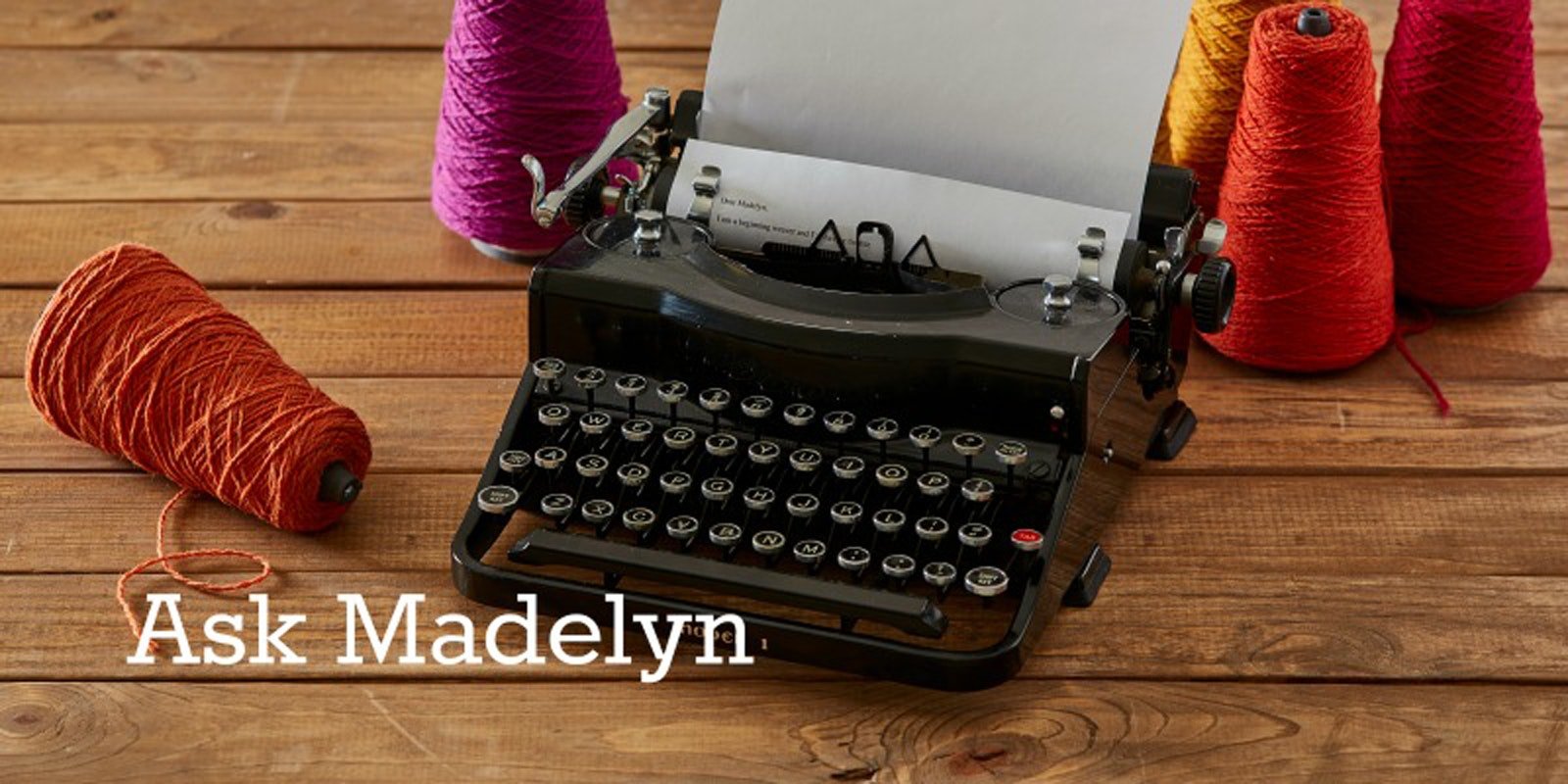Hi, Madelyn.
Whenever I look at some of these weaving patterns today, I think that they must be for a jack loom and be set up with a warping board. However a lot of us have sectional looms. So how does one understand this using a sectional loom?
––Milton Krug
Hi Milton!
Most of the projects in Handwoven can be woven on any loom using any warping method. If you have a counterbalance or countermarch loom, you will translate the tie-ups in the project articles to work with your loom. Numbers in the tie-up mean the shafts that are raised. So you will tie up your treadles to make those shafts rise and shafts that correspond to blank squares go down, whatever kind of loom you have.
Some warps are easier to warp using one method than another; smooth yarns can usually be warped using any method. Sectional warping, if you use the equipment designed for it, requires that you wind the warp in each section on the warp beam in turn. Usually, that works best if your warp color order corresponds to a repeat that corresponds to section width. An irregular color order across the warp (some colors in one section, other colors in another) would be much harder to do (winding different spools for different sections).
You can use your sectional beam, though, with back-to-front or front-to-back warping. When I wind on to a sectional beam, I use a special raddle that I made. For my 2” sections, I spaced nails alternating 1-3/4” and 1/4”. I place the warp in the 1-3/4” sections and wind on. The empty 1/4” sections prevent the warp from dropping on top of the sectional pegs. The advantage to using the sectional beam is that you don’t have to use paper or sticks between the layers of warp.
Hope this helps!
––Madelyn

